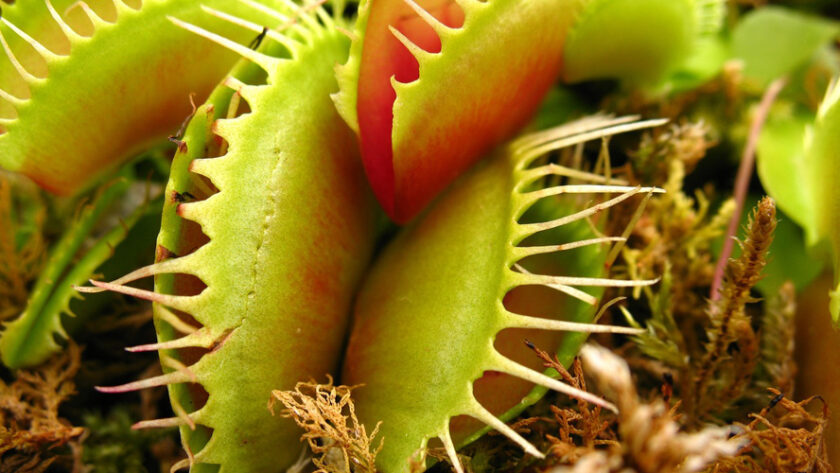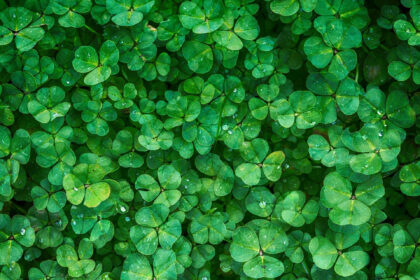In the enchanting embrace of lush forests and verdant landscapes, a chilling secret lurks – a realm inhabited by the most sinister of toxic tree species. Welcome to a journey that unveils the deadly plant compounds concealed beneath the facade of natural beauty. These are the trees that wield fatal foliage, host deadly botanicals, and exude lethal plant toxins. From the depths of mortally poisonous trees to the allure of dangerous plant life, this exploration delves into the deadly natural toxins of these hazardous arboreal species and the fatal flora and fauna that define their lethal potency. Join us as we venture into the heart of deadly plant defense mechanisms, where the boundaries between allure and danger blur, and the truth about the poisonous tree varieties comes to light.
1. Manchineel Tree (Hippomane mancinella): Beauty That Bites
On tropical coastlines, the Manchineel Tree reigns as an unsuspecting assassin, draped in inviting green. Its glossy leaves and tantalizing fruits beckon, yet its sap harbors toxic toxins that can leave the skin scarred with blisters and burns. A mere brush of its leaves can inflict excruciating pain. Even the touch of raindrops dripping from its branches can cause a condition known as “Manchineel dermatitis.” The toxins can also prove lethal when ingested, causing gastrointestinal distress and potentially leading to a fatal outcome. The Manchineel Tree’s deceptively beautiful appearance is a stark reminder that appearances can be perilously deceiving.
2. Rosary Pea Tree (Abrus precatorius): Gems of Death
Within the vibrant palette of nature, the Rosary Pea Tree dons a cloak of mesmerizing beauty with its scarlet seeds. Yet, these seemingly innocuous seeds house a deadly toxin known as abrin. A minuscule dose of abrin can trigger symptoms that manifest in symptoms of vomiting and diarrhea. Ingesting these seeds can lead to organ failure and death, with medical intervention providing only limited respite. The allure of these “death’s head” seeds showcases the danger that can hide behind a visually striking facade.
3. Oleander (Nerium oleander): Silent Danger in Blossom
In gardens and landscapes, the Oleander emerges as a vigilant sentinel of danger, its vibrant blooms hiding a chilling truth. Every part of this plant is a host to toxic compounds like oleandrin and nerioside. Ingestion can lead to symptoms that evolve into symptoms of irregular heartbeats and organ failure. With the potential to last for hours, the effects of oleander poisoning can be agonizing, and in some cases, fatal. The Oleander serves as a cautionary example that even the most visually pleasing of plants can wield dangerous power.

4. Castor Bean Plant (Ricinus communis): Seeds of Doom
Amidst the greenery of gardens, the Castor Bean Plant emerges as a foreboding herald of death. Its beans, akin to common beans, harbor ricin – one of nature’s most potent toxins. Ingesting even the tiniest amount can cause nausea and lead to abdominal pain and diarrhea. The absence of an antidote leaves victims with limited hope of survival. The effects can be severe and the plant’s role in history as a bioweapon emphasizes its lethal potential.

5. Strychnine Tree (Strychnos nux-vomica): Symphony of Suffering
Within the canopy of the Strychnine Tree lies a haunting symphony of agony. Its seeds contain deadly strychnine and brucine, initiating a cascade of muscle spasms and convulsions. The suffering can last for hours, with victims experiencing intense pain before the end. The haunting nature of the Strychnine Tree’s toxins underscores its place among the world’s most dangerous trees.
6. Cerbera Odollam (Pong-Pong Tree): The Heartstopper
From tropical realms emerges the Cerbera Odollam, a tree that embodies hidden danger. Its seeds contain lethal toxins that target the heart, inducing irregular heartbeats and cardiac arrest. Consuming any part of this tree brings about a toxic ordeal that culminates in fatality. The effects can be prolonged, with victims experiencing a sense of impending doom. The Cerbera Odollam serves as a chilling reminder of the peril present in nature’s arsenal.
7. Upas Tree (Antiaris toxicaria): Poison from Above
Step into the mysterious world of the Upas Tree, shrouded in a dark legacy of myth and legend. While the details remain obscured, history whispers tales of poison and death. The Upas Tree stands as a solemn testament that even amidst the most captivating beauty, the danger can be profound.
8. Belladonna (Atropa belladonna): Beauty’s Venom
As we navigate through the intricate tapestry of lethal trees, we encounter Belladonna, a plant that embodies the dichotomy of danger. Its alluring berries house toxic alkaloids, unleashing intense hallucinations, delirium, and paralysis. Victims experience a surreal journey as they succumb to the effects of this deadly plant substance. Its name, which translates to “beautiful lady,” is a haunting reminder of the treachery that can lie beneath the surface.

9. Aconitum (Aconitum spp.): Monarch of Agony
Step into the world of deadly enchantment with Aconitum, also known as monkshood or wolf’s bane. This plant’s tubers house alkaloids that target the nervous system, leading to numbness, tremors, and paralysis. The effects of aconitum’s toxins can be prolonged, with victims experiencing hours of intense suffering before the end. The historical use of this plant as a poison highlights the danger present within nature’s realm.

10. Yew Tree (Taxus spp.): Embrace of Mortality
Amid serene landscapes, the Yew Tree stands as a paradox, embodying both beauty and peril. Its red berries, like rubies among leaves, are beguiling yet treacherous. Hidden within these berries are toxic compounds that disrupt the heart’s rhythm, leading to irregular beats. Despite its alluring aesthetics, the Yew Tree serves as a reminder that nature’s façade can conceal hidden dangers. In its duality, the Yew Tree encapsulates the enigmatic essence of the natural world, inviting us to appreciate its complexities and respect its mysteries.

In the intricate tapestry of nature’s creations, the deadliest trees stand as a paradox – beguiling beauty concealing perilous potential. From the alluring Manchineel to the hidden dangers of the Rosary Pea, these trees embody a dual nature that captivates and warns. The Oleander’s vibrant blooms and the Castor Bean’s innocuous beans remind us that danger can lurk where least expected. The Strychnine Tree’s symphony of suffering and the Cerbera Odollam’s heart-stopping toxins emphasize nature’s complex duality.
Yet, amid the peril, there’s also hope. Scientists delve into toxic tree research to unlock secrets that might save lives. The Belladonna’s allure and the Aconitum’s enchantment are cautionary tales, underscoring the importance of vigilance. The deadly trees, with their lethal plant compounds, echo nature’s mysteries and the challenge of coexisting with its enigmas.
As we conclude, we’re humbled by the intricate dance of life and death that plays out within these hazardous arboreal species. The deadliest trees remind us of the fragile balance we share with nature and the hidden dangers that lie beneath its surface allure.


